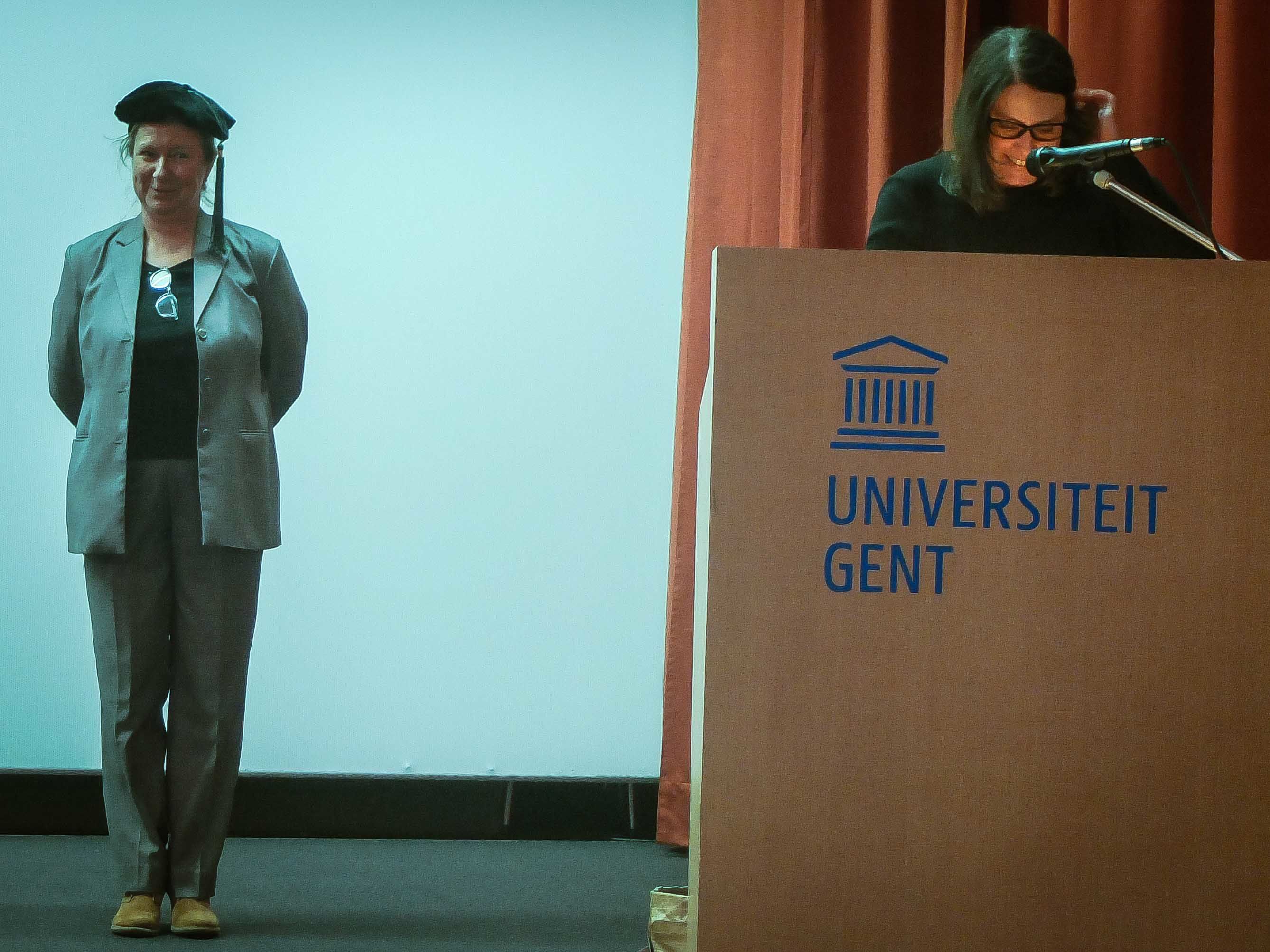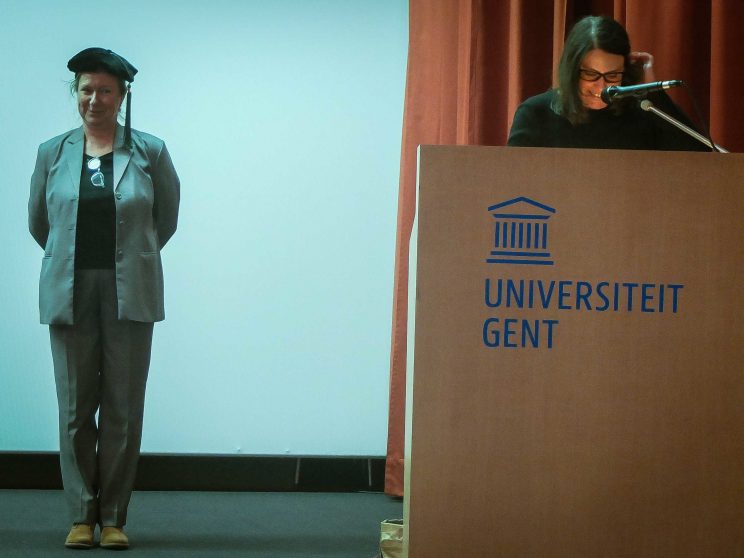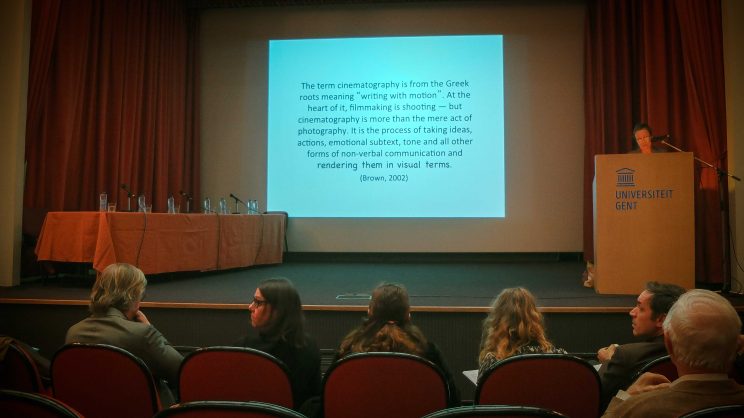the doctoral dissertation by Marijke Van Kets

The Emotions of a Lens
A study on Cinematography and case studies on the cinematographer’s role in the cinematographic discourse of a narrative film
is the title of the doctoral dissertation that Marijke Van Kets wrote and for which she received the degree of Doctor in Communication Sciences, at the Faculteit Politieke en sociale wetenschappen UGent
Vakgroep Communicatie wetenschappen.

Marijke Van Kets: The storytelling power of cinematography is little understood outside the practice of filmmakers. Therefore, to research the experiential knowledge of the workings of cinematography and its perception by the viewer is a novel contribution to the field of film studies. Vittorio Storaro (1995) describes cinematography as writing with light but in general cinematography is confused with filmic technique. During this dissertation, I have argued that cinematography writes the story visually in motion, to be perceived by the viewer. Two pathways are followed: one is the development of the theoretical framework to understand the impact of cinematography and the other is to describe the role of a cinematographer during film production. Veråy broadly put it answers two questions: What is cinematography? What is the role of the cinematographer?
I developed three theoretical models that each in part can be applied to the different components of the workings of visual storytelling. In the first model, I coin new terminology to describe the critical concepts: cinematographic differentials and the visual narrative construct. A cinematographer wields tools to create a cinematic space for each shot, using an extensive toolbox that comprises lights, cameras, lenses, dollies, cranes, and so on. All other elements of a film set, such as actors, costume, make-up and the film location with its props and furniture, are lined up in front of the camera to compose the shot that tells a part of the story. The tools characterise the cinematographic differentials: frame, attention and cinematic space, that make up the visual narrative construct of a shot that after edit will visually carry a part of the narrative of the movie. With the second theoretical model we show how the fiction film narrates visually. There are two layers of meaning: one is through the content and the action of the story and the other is through the guidance of the eye, how the viewer sees the story; the cinematographic discourse. The third model researches and defines the cinematographic discourse with the viewer. Our focus is on the dual property of visual storytelling: the cinematographic discourse and the film participation of the viewer. In this doctoral dissertation, I thus propose a theoretical framework for researching cinematography.

